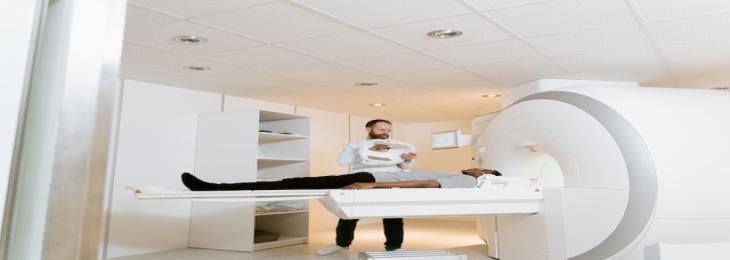
Targeted ultrasound treatments can aid with dyskinesia and Parkinson's disease-related motor symptoms.
"Focused ultrasound is an exhilarating procedure for individuals with certain neurodegenerative diseases," said Krishna, who is also the vice chair of hospitalization operational processes in the UNC Department of Neurosurgery.
"The procedure does not involve any incisions, eliminating the risks associated with surgery. By using focused ultrasound to target a specific area of the brain, experts can safely aberrantly diseased tissue."
Patients who obtain focused ultrasound treatment can be released from the hospital the same day. The FDA approved this treatment for patients with essential tremor in 2016, and now the FDA has approved focused ultrasound ablation to treat motor impairment in Parkinson's disease.
"Nearly twice as many individuals inside the focused ultrasound group enhanced motor function or had reduced dyskinesia compared in the procedure," Krishna stated. Researchers discovered that 75% of patients in the focused ultrasound group were capable of sustaining their results for up to a year after therapy, according to Dr. Smolen.
Following globus pallidus ablation, one patient had speech difficulties, eyesight problems, and gait issues. One week following treatment, one patient reported one unfavorable health incident.
The purpose of research, according to Krishna, is to maximize benefits while minimizing risks from targeted ultrasound treatment.
"The results of focused ultrasonic ablation can vary based on the region, the researchers found. Two different hotspots in the globus pallidus were found by researchers, and they were connected to improvements in dyskinesia and poor motor function, respectively. Further studies are planned to determine whether these results can result in a more individualized method of using focused ultrasound to treat Parkinson's disease."
Over a 3-month period, unilateral pallidal ultrasonic ablation improved motor function or reduced dyskinesia in a higher proportion of patients than a sham procedure, but it was also associated with negative side effects. To ascertain the effectiveness and safety of this approach in people with Parkinson's disease, longer and larger trials are necessary.






